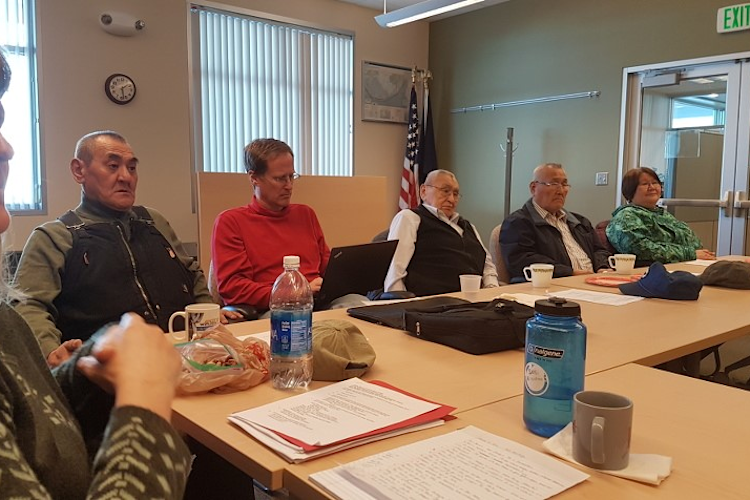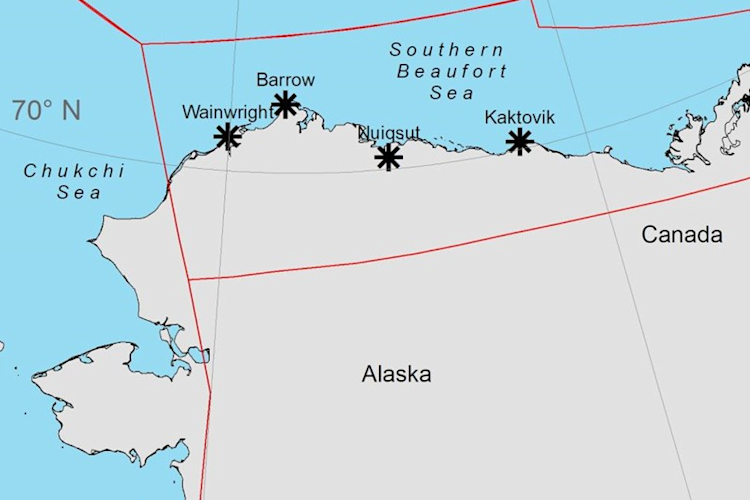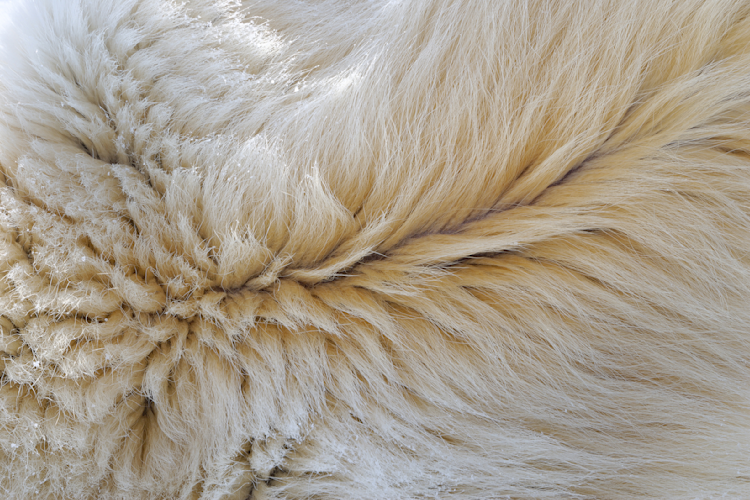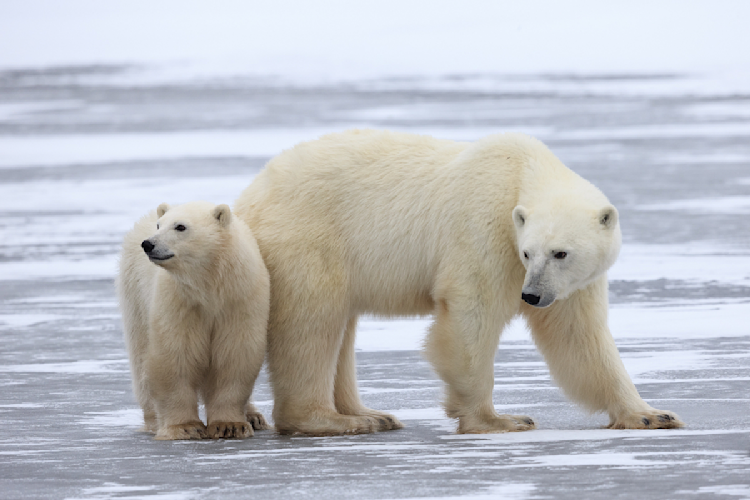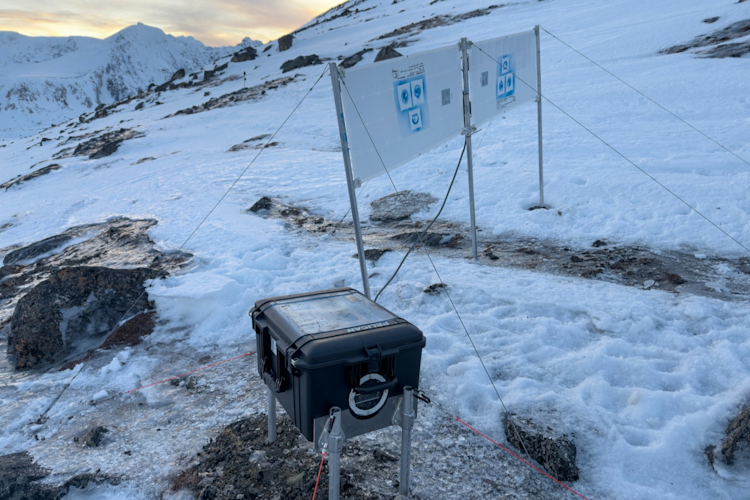At a recent meeting with biologists and social science researchers, Joe Kaleak, an Iñupiaq from Alaska’s North Slope, explained that hungry polar bears often try to break into his house, attracted by his seal oil supply—a fairly recent problem. With changes in the sea ice, Kaleak and community patrols in his village now must deal with polar bears on a regular basis.
Other Native experts from across the region told similar stories. They explained that, in addition to wider ecological changes, the impacts of the changing polar bear presence in their communities—and the different behaviors of those bears—are of great local concern.
Polar bears have long been a “cultural keystone” species for Iñupiaq subsistence communities. In totality, the Alaska Native experts who attended the March 18th meeting at the USGS office in Anchorage, Alaska, contributed hundreds of years of cumulative knowledge about polar bear behavior, as well as more recent insights into unusual polar bear occurrences.
Together, they’re helping to shape the future of a new local knowledge project about polar bears in the northernmost part of the state.
Polar Bears International is partnering in this effort, called “Contemporary Iñupiaq Knowledge of Polar Bears in the Southern Beaufort Sea,” with funding by the North Pacific Research Board and the National Fish and Wildlife Foundation. As an anthropologist from Alaska, I’m organizing and managing the project in collaboration with the North Slope Borough Department of Wildlife Management.




